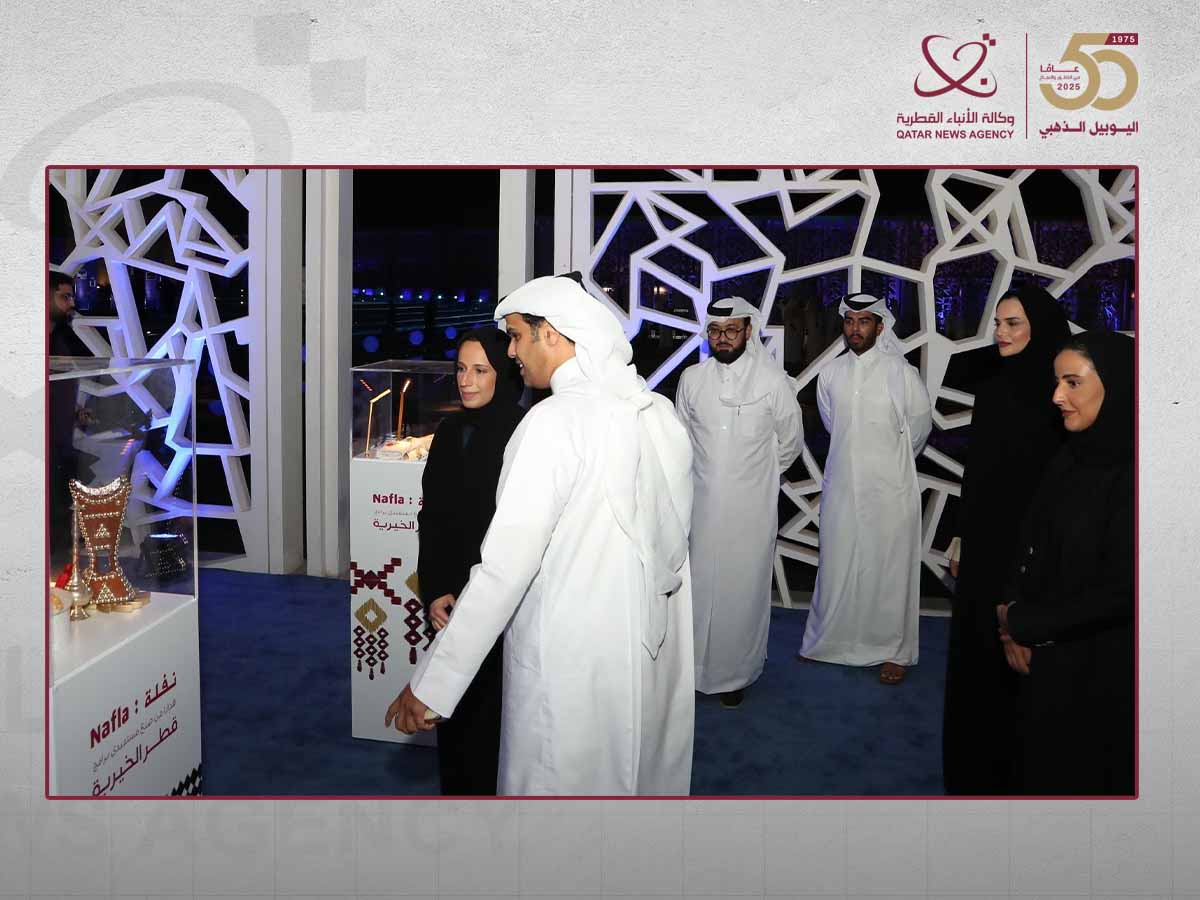Copyright trinidadexpress

On Wednesday, as the former chief justice demitted office after retiring in a rushed process, a new CJ has been appointed and installed in a process that has left more questions than answers about the process. Let us review the timelines: • September 16—CJ Archie announces his intention to leave office during the current term. • October 14—the President consults the Prime Minister and Opposition Leader (OL) on the appointment of an acting CJ, in the absence of the CJ who would have been out of the country on personal business during November 5 to 10. The President proposed that “Mr Justice Prakash Moosai, JA, the senior Appellate Judge” to act for that period as provided under Section 103 of the Constitution. The President also indicated that the nominee was recommended by the CJ, head of the Judicial and Legal Service Commission. • October 14-15—The PM and OL agree to the proposed acting appointment. • October 21—the CJ announces his retirement, effective in 24 hours. • October 21—the acting Presi-dent proposes to make an acting appointment on the resignation of the CJ “with effect from 2 p.m. on Wednesday 22, 2025” and proposed to appoint “one of the existing Jud-ges of the Court of Appeal”, without naming a proposed judge, under Section 103 of the Constitution. • October 22—the Ag President proposes, rather than an acting appointment, to make a substantive appointment of CJ, under Section 102 of the Constitution, at or around 2 p.m., again, with no proposed nominee. The Ag President requested “any recommendation” by 1 p.m. to “fill the office...which becomes vacant one hour later at 2 p.m.”. • October 22—about 2 p.m., the Ag President swears in the new CJ. Those present at the swearing--in included the acting Com-missioner of Police (CoP) and Homeland Security Minister. This entire scenario raises several questions to which we, the people, must have answers if we are to have trust and confidence in the Judiciary arising out of how this process was conducted; not about the person appointed. To the former CJ: what caused you, after deci-ding to go on personal business in November, to suddenly retire from your office, with only 24-hour’s notice on October 21? To the Ag President: 1. Why did you propose an acting appointment on the vacating of the office of CJ on October 21? 2. Why did you not propose the senior appellate judge, already agreed to act as CJ in November to act from October 22? 3. Why did you change your position from making an acting appointment under Section 103 of the Constitution on October 21 to making a substantive appointment under Section 102, 24 hours later? 4. Why did you not propose a particular Justice of Appeal to be appointed CJ? 5. When you sought “any rec-om-mendation’ by 1 p.m., did you think that you could or should decide who to appoint within one hour if you received recommendations from the PM and the OL, if they were different? 6. Did you consider that in the absence of a nominee from yourself, that a few hours were sufficient for appropriate consultations with the PM and OL on “any recommendation”? 7. When did you inform the judge appointed as CJ of your proposal to appoint him and get an indication of his willingness to serve? Was it at 1 p.m., one hour before the swearing-in? 8. Why were the CoP and Homeland Security Minister of the Executive arm of the State invited to attend the swearing-in of the head of the Judiciary? Such an important appointment to the head of one of the three branches of the State certainly requi-red much more careful, transparent action by the holder of the Office of the President, acting or not. It is patently unfair to the appointee that such questions have arisen about the process leading to his appointment, which is beyond his control. Clyde Weatherhead



